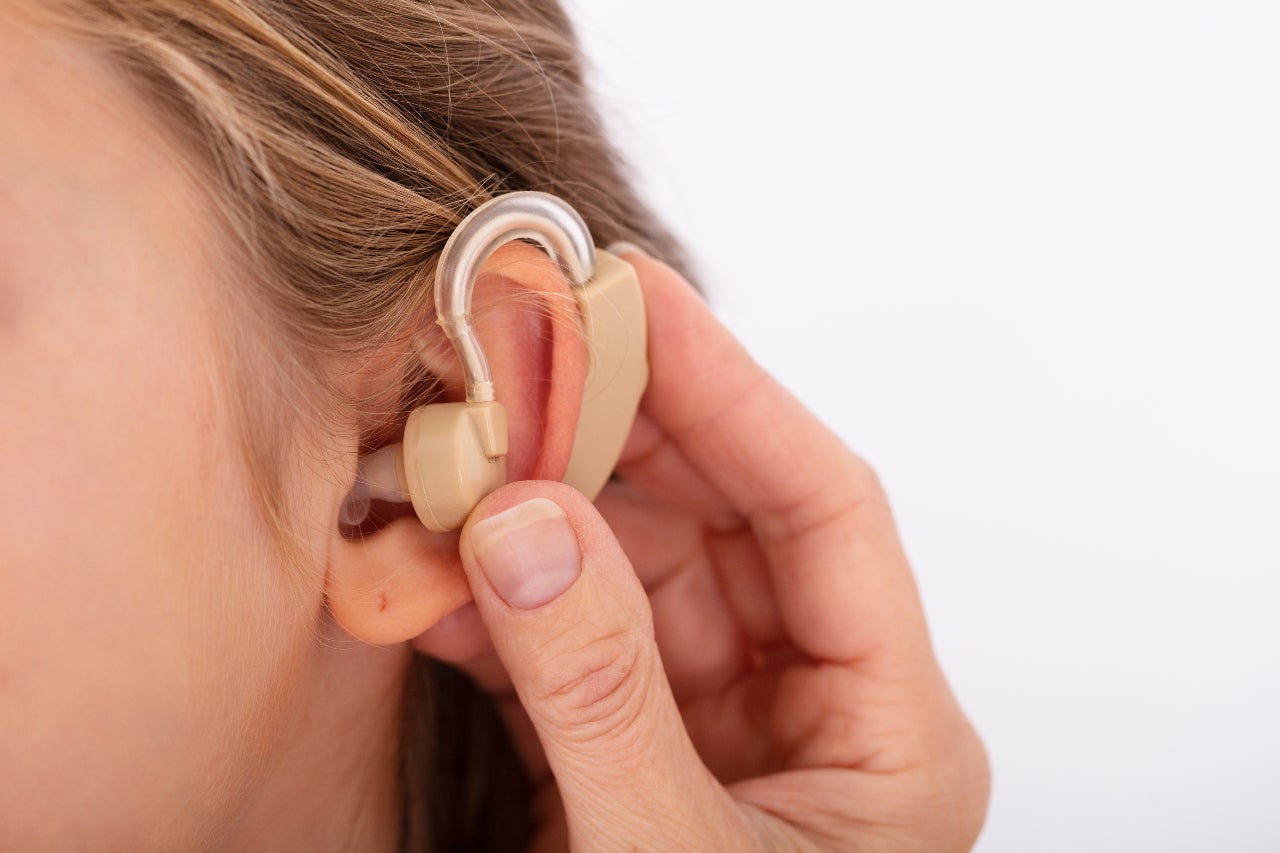
More than 5% of the world’s population has disabling hearing loss. It is estimated that by 2050, more than 900 million people will have disabling hearing loss. According to GlobalData analysis, the hearing implants market was worth nearly $1.5bn in 2019 and is expected to grow to $2.1bn by 2028. During the pandemic, the market decreased 7.9% to approximately $1.3bn due to cancellation of elective surgeries and decreased hospital admissions in 2020.
The available treatment options for irreversible sensorineural hearing loss, the most common form of hearing loss, include hearing aids and hearing implants. When hearing aids are not effective, more severe hearing loss can be surgically treated with hearing implants. Hearing implants are electronic devices implanted into the ear of a deaf or hard-of-hearing person. These devices transmit sound from the ear to the brain. The hearing implants market has been segmented to cochlear implants, bone anchored hearing implants, middle ear implants, and auditory brainstem implants. Cochlear implants are the most common implants used for inner ear surgery. Auditory brainstem stem implant is the least common as it involves brain surgery, which is more complex and risky. Prior to Covid-19, the hearing implants market grew steadily with a compound annual growth Rate (CAGR) of 4.0% dominated by the cochlear implants segment.
The hearing implants market had a negative revenue growth in the first half of 2020 due to the pandemic. As the deferral of hearing implant surgeries continued across the world, the market had a major decline in Q2. North America, which holds more than 45% of the market, experienced significant decline as Covid-19 cases rose in the US. However, as many elective surgeries resumed in many countries, the market is recovering from the major loss. GlobalData expects that the market will show a positive growth of 10.6% in the coming year. However, the second wave of Covid-19 casts a shadow over the market. Complete revenue loss recovery is expected to occur by the end of 2021.
The market is expected to continue growing in the long term due to increasing prevalence of hearing loss with aging populations. Technical advancements, related to remote care solutions in allowing healthcare providers and patients to access efficient and convenient care, are in demand. Improvement in the implants’ quality and effectiveness, enabling better insertion in minimally invasive procedures and fewer postoperative hospital stays, will increase device penetration in patients with severe hearing loss. Additionally, increasing numbers of skilled professionals will drive the market ahead.
How well do you really know your competitors?
Access the most comprehensive Company Profiles on the market, powered by GlobalData. Save hours of research. Gain competitive edge.

Thank you!
Your download email will arrive shortly
Not ready to buy yet? Download a free sample
We are confident about the unique quality of our Company Profiles. However, we want you to make the most beneficial decision for your business, so we offer a free sample that you can download by submitting the below form
By GlobalData





